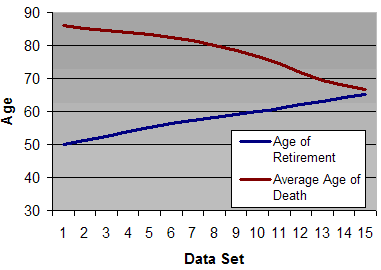Since the Sunrocket demise in July, we have been living with just a cell phone – no landline or VoIP – and it’s actually worked out pretty well. I like the simplicity. We haven’t had any overage problems, but I did tend to check a lot in the beginning to make sure. Here are some easy ways to to check your remaining minutes for several cell phone providers:
AT&T (Cingular)
Dial *MIN# (*646#)
AT&T Firefox plugin (might currently be broken)
Verizon
Dial #MIN (#646)
Verizon Firefox plugin
T-Mobile
Dial #MIN# (#646#) or dial 611 + say “minutes”
T-Mobile Firefox plugin
Sprint Nextel
Dial *4 or dial *2 + say “minutes used”
Sprint Firefox plugin (not currently working for me)
Then there is the Windows desktop application WatchMyCell, which logs into your online account page for you and tracks how many minutes you have left. It will even send you an text message or e-mail whenever you’ve reached your chosen threshold.
Now, all of these automatic methods will require your username and password. Although I’ve done some digging and found nothing obvious, I can’t be sure none of them are doing anything shady. I would at least change your password to something unique to the site. Personally, I just program the number as a contact. Let me know if I missed anything.


 A few very forward-thinking readers have asked me about ways to help their kids or other young folks by giving them a Roth IRA. This seems like an awesome idea to grab them some tax-sheltered action. I’ve thought about this in passing, but never really did the research into the technicalities of it. One good article on this subject is over at Fairmark called
A few very forward-thinking readers have asked me about ways to help their kids or other young folks by giving them a Roth IRA. This seems like an awesome idea to grab them some tax-sheltered action. I’ve thought about this in passing, but never really did the research into the technicalities of it. One good article on this subject is over at Fairmark called 

 The Best Credit Card Bonus Offers – March 2024
The Best Credit Card Bonus Offers – March 2024 Big List of Free Stocks from Brokerage Apps
Big List of Free Stocks from Brokerage Apps Best Interest Rates on Cash - March 2024
Best Interest Rates on Cash - March 2024 Free Credit Scores x 3 + Free Credit Monitoring
Free Credit Scores x 3 + Free Credit Monitoring Best No Fee 0% APR Balance Transfer Offers
Best No Fee 0% APR Balance Transfer Offers Little-Known Cellular Data Plans That Can Save Big Money
Little-Known Cellular Data Plans That Can Save Big Money How To Haggle Your Cable or Direct TV Bill
How To Haggle Your Cable or Direct TV Bill Big List of Free Consumer Data Reports (Credit, Rent, Work)
Big List of Free Consumer Data Reports (Credit, Rent, Work)